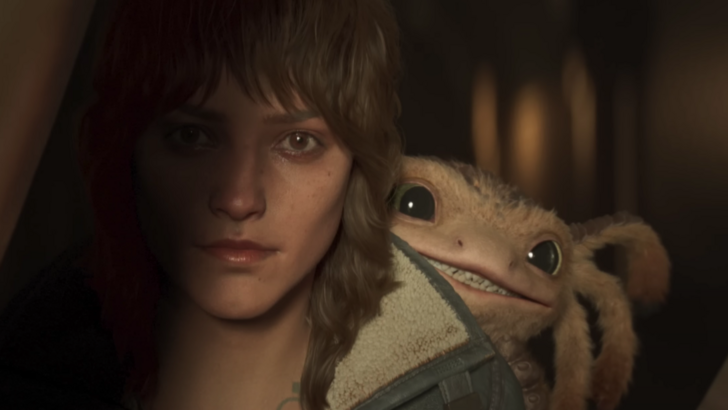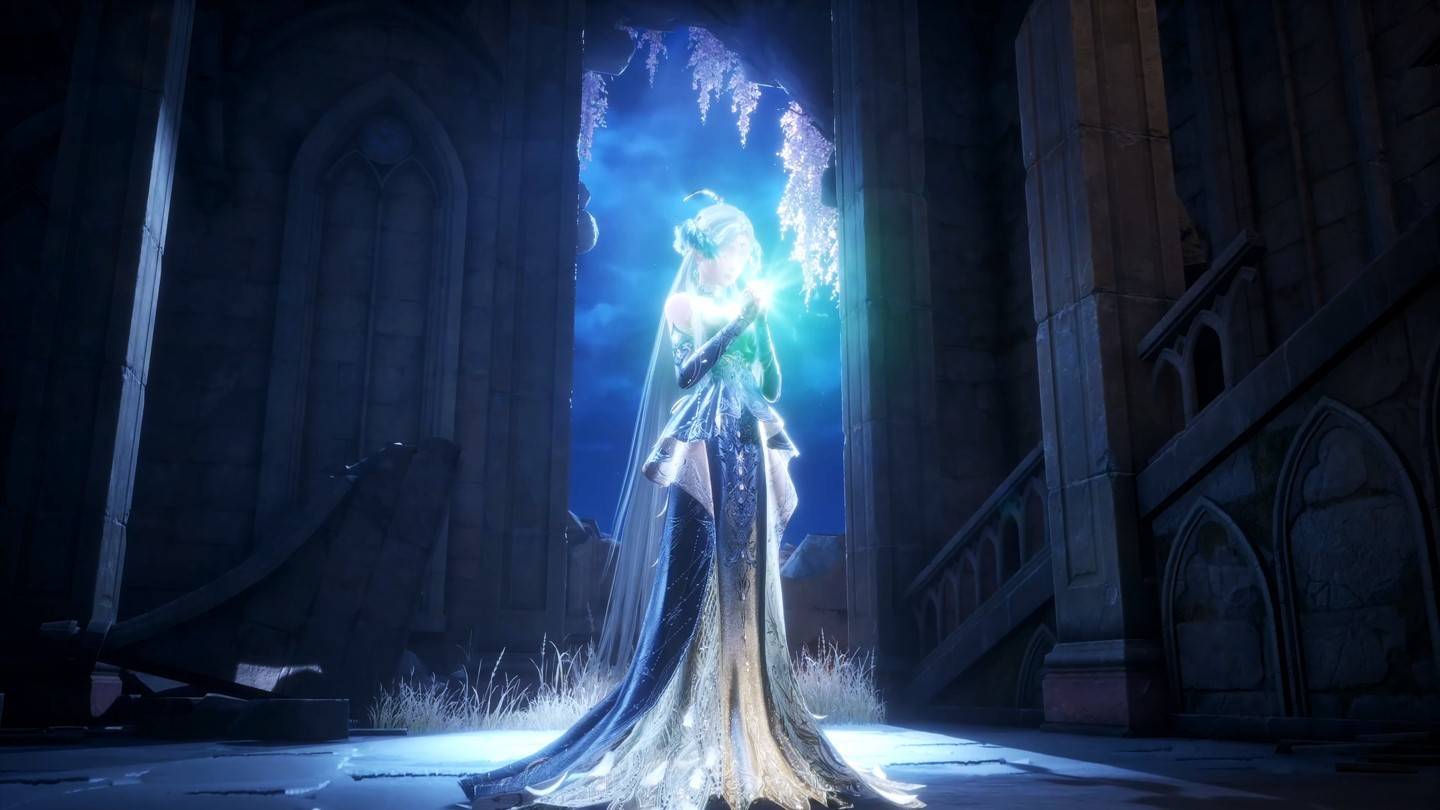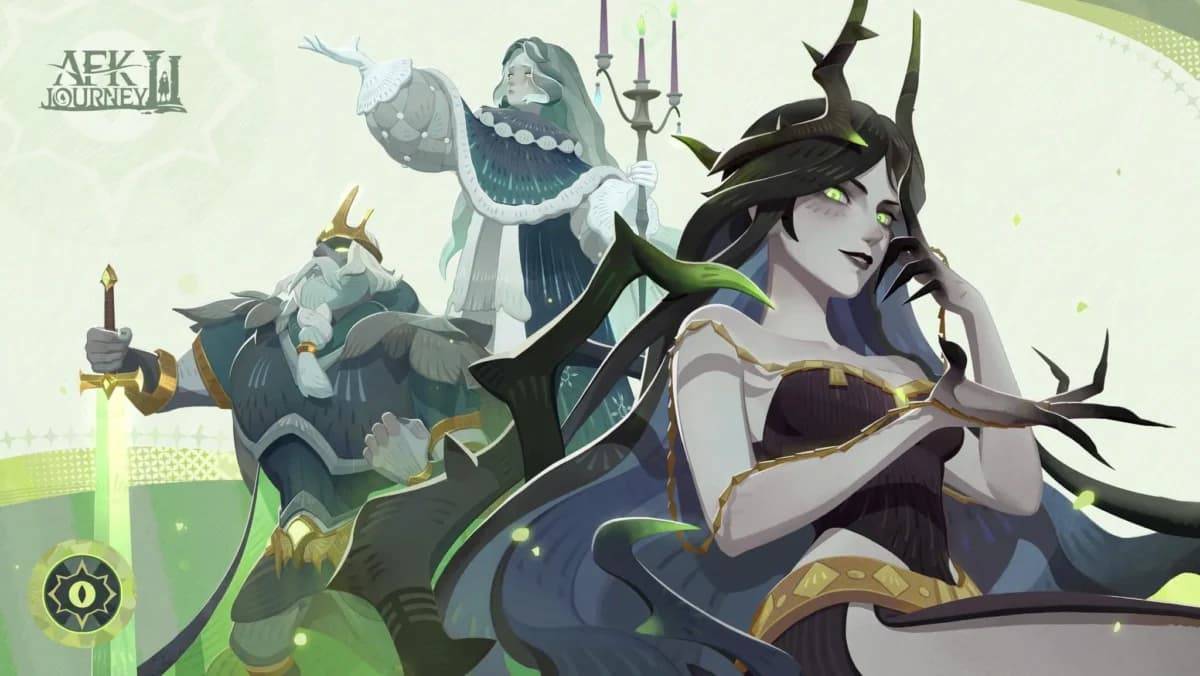Frank Miller's Return to Daredevil: Born Again
In the mid-1980s, Marvel Comics was riding the wave of success, both creatively and financially. The company had moved past the financial struggles of the late 1970s, buoyed by the popularity of Star Wars, and was ready to push boundaries with the groundbreaking release of 1984's Secret Wars. This event not only reshaped the Marvel Universe but also set a new standard for the comic industry. The ripple effects of Secret Wars were profound, steering Marvel's heroes and villains into fresh narratives that would captivate fans for years to come.
This period also saw the release of several iconic stories. Frank Miller's Born Again arc in Daredevil, the return of Jean Grey in X-Factor, and Walt Simonson's Surtur Saga in Thor are just a few examples. In this article, we'll delve into these pivotal stories and other significant developments from this era. Join us for Part 8 of our exploration of Marvel's essential issues!
More Essential Marvel
1961-1963 - The Birth of a Universe
1964-1965 - The Sentinels Are Born and Cap Dethaws
1966-1969 - How Galactus Changed Marvel Forever
1970-1973 - The Night Gwen Stacy Died
1974-1976 - The Punisher Begins His War on Crime
1977-1979 - Star Wars Saves Marvel From Bankruptcy
1980-1982 - Did the Dark Phoenix Saga Usher in the Greatest Decade for Marvel?
Frank Miller's Born Again and Walt Simonson's Surtur Saga
For fans seeking truly acclaimed storylines from this era, Frank Miller's return to Daredevil with Born Again is a must-read. Spanning Daredevil #227-233, this arc, illustrated by David Mazzuchelli, is often regarded as the definitive Daredevil story. It follows Karen Page's descent into addiction and her betrayal of Daredevil's secret identity to the Kingpin, who uses this information to dismantle Matt Murdock's life. Left with nothing, Matt hits rock bottom but is saved by his mother, a nun named Maggie.
Matt's gradual resurgence as Daredevil, coupled with the Kingpin's descent into fanaticism, crafts a narrative masterpiece. This story inspired Season 3 of Netflix's Daredevil and will influence the upcoming Disney+ series, Daredevil: Born Again.
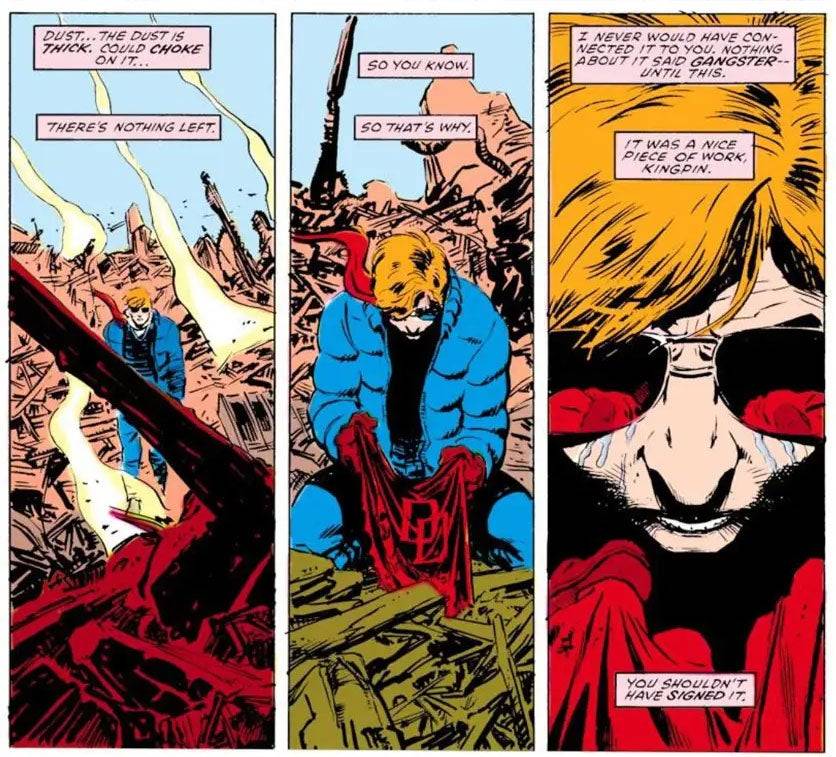
Walt Simonson's tenure on Thor, starting with issue #337 in 1983, brought us the character Beta Ray Bill and revitalized the series with a mythic fantasy vibe. His most celebrated story, the Surtur Saga (Thor #340-353), follows the fire demon Surtur's quest to ignite Ragnarok with the Twilight Sword. The saga introduces Malekith the Accursed and culminates in an epic battle involving Thor, Loki, and Odin. Elements of this saga were later incorporated into the films Thor: The Dark World and Thor: Ragnarok.
Secret Wars Changes Comics Forever
As discussed in Part 4 of this series, the Avengers/Defenders War of 1973 set the stage for the event crossovers that became a staple of Marvel and DC comics. This trend fully emerged with the 1984 release of Secret Wars, a 12-issue miniseries masterminded by then Editor-in-Chief Jim Shooter, with art by Mike Zeck and Bob Layton. Conceived as part of a marketing tie-in with Mattel, Secret Wars sees the cosmic entity the Beyonder transporting a mix of heroes and villains to Battleworld to battle for supremacy.
While Secret Wars is lauded for its impact on the Marvel Universe, it's often critiqued for its simplistic plot and character inconsistencies. Despite this, its success paved the way for Secret Wars II and influenced the industry's shift towards large-scale event storytelling, a trend mirrored by DC's Crisis on Infinite Earths.
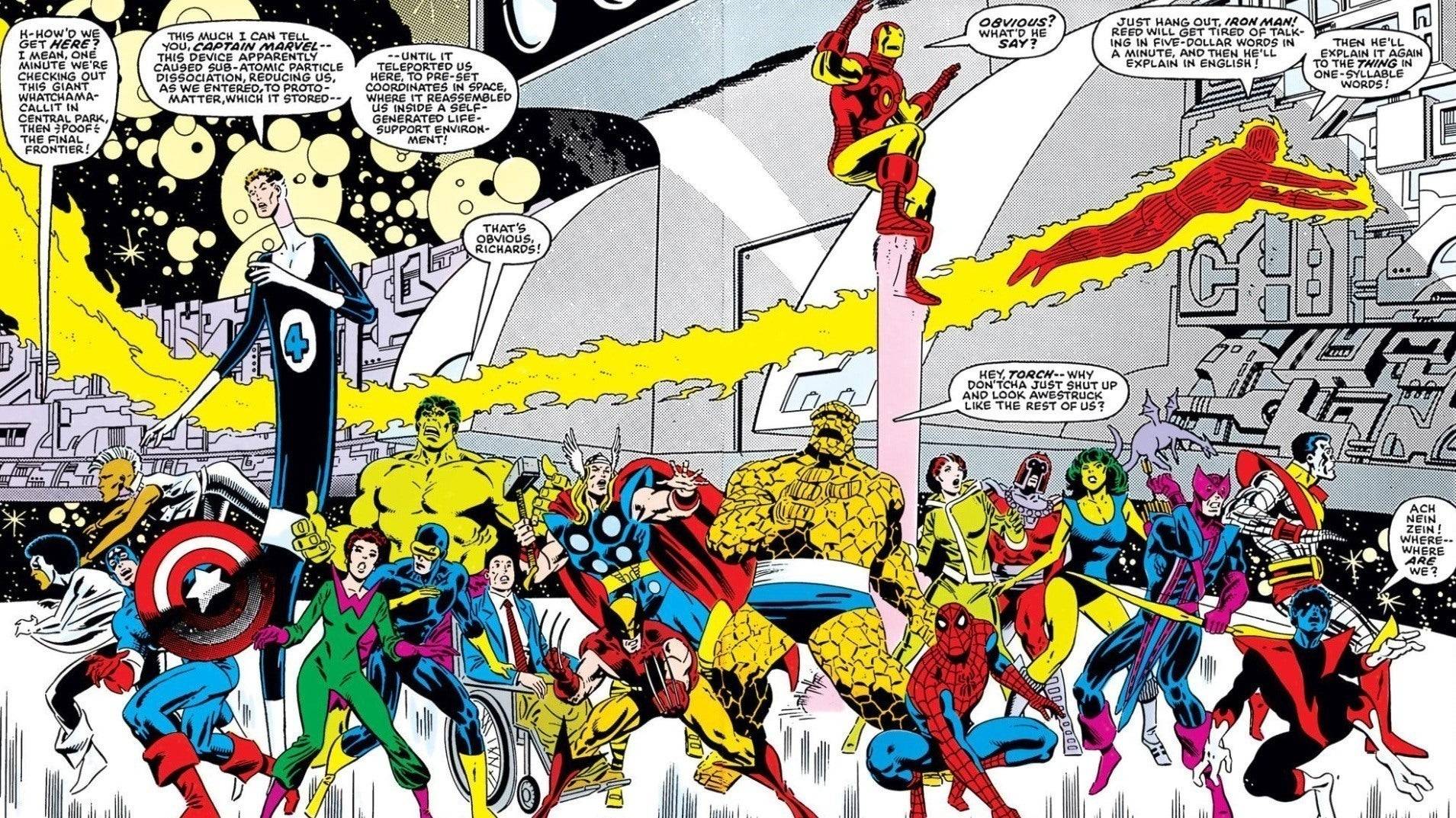
Spider-Man’s Symbiote Suit and Other Iconic Spidey Stories
Following the foundational runs of Stan Lee and Gerry Conway, Roger Stern took the reins of Amazing Spider-Man with issue #224, elevating the series back to its revered status. Stern's tenure saw the introduction of the Hobgoblin in issue #238, a villain who quickly became one of Spider-Man's most formidable foes. Though Stern's original Hobgoblin storyline was cut short, he later returned to reveal the villain's identity in the 1997 miniseries Spider-Man: Hobgoblin Lives.
Concurrently, Amazing Spider-Man #252 introduced Spider-Man's black symbiote costume, which originated in Secret Wars #8. This costume sparked a long-running saga that introduced one of Spider-Man's most iconic adversaries. The symbiote storyline has been adapted numerous times, from Sam Raimi's Spider-Man 3 to various animated series and video games.
Another significant Spider-Man story from this period is The Death of Jean DeWolff in Spectacular Spider-Man #107-110. This darker tale, penned by Peter David and illustrated by Rich Buckler, sees Spider-Man on a quest for justice against the Sin-Eater, who killed his ally Jean DeWolff, and features a clash with Daredevil.

Jean Grey Returns, the Rise of Apocalypse, and Other Mutant Landmarks
The mid-1980s were also a transformative time for Marvel's mutants. Vision and the Scarlet Witch #4 confirmed Magneto as the father of Quicksilver and Scarlet Witch, a revelation that would define their relationship for decades. X-Men #171 saw Rogue's pivotal switch from villain to hero, joining the X-Men and becoming a fan-favorite. Similarly, X-Men #200 marked Magneto's turn towards heroism, leading to his stewardship of Xavier's School for the Gifted.
The most significant mutant developments were the resurrection of Jean Grey and the debut of Apocalypse. After the Dark Phoenix Saga, Jean returned in Avengers #263 and Fantastic Four #286, forming X-Factor with the original X-Men. X-Factor #5-6 introduced Apocalypse, who became a central antagonist in the X-Men universe, appearing in numerous adaptations, including the 2016 film X-Men: Apocalypse.

Latest Articles












